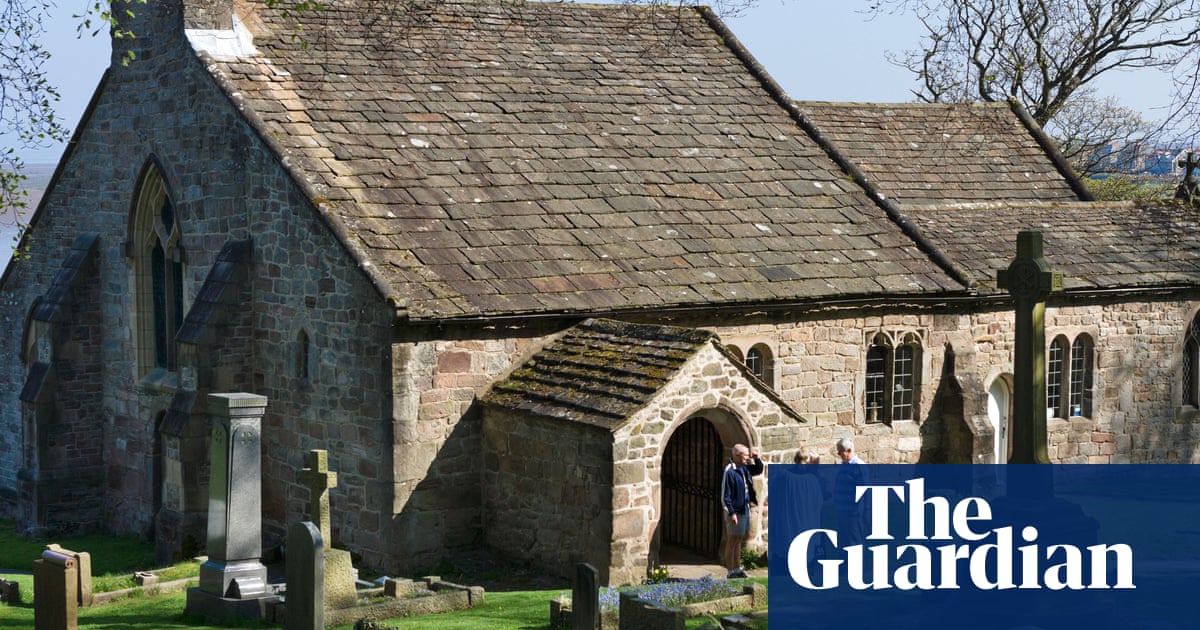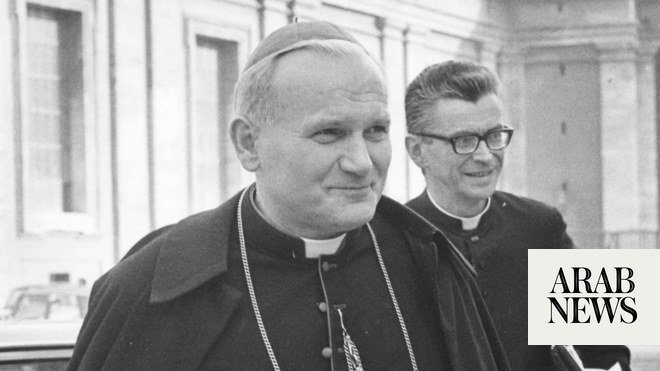
As the faithful give thanks to God in England’s 16,500 parish churches on Sunday, beneath the comforting ritual of prayers and hymns will run a strong undercurrent of shame, anger, sadness and dread.
The Church of England is facing its biggest crisis in modern times, and there is no clear pathway to recovery. The archbishop of Canterbury has been forced to resign, other senior figures are facing calls to quit and the church is reeling from its shameful failures over a prolific and sadistic child abuser.
A 253-page report detailing the appalling brutality of the late barrister John Smyth, repeated cover-ups and omissions by church figures, and the lifelong trauma suffered by victims has triggered an “existential crisis” for the C of E, according to Linda Woodhead, professor of moral and social theology at King’s College London. “It’s been a very, very long time coming, like lots of crises, but this is a critical moment.”
“It’s seismic,” said Tim Wyatt, who writes The Critical Friend, a weekly newsletter about the Church of England. “It’s unprecedented for an archbishop to resign over a crisis of their own making. It’s causing massive ructions up and down the institution. Now the sword is hanging over other senior leaders and bishops. Welby’s resignation could be the first stone rippling out to a much bigger crisis within the church.”
The context to the report on Smyth was, he said, “more than 10 years of damning investigations into C of E abuse failures. Bishops, clergy and senior lay volunteers have been exposed as abusers, and church figures knew about the abuse in some instances and failed to stop it or report it to the police.”
He added: “So there’s been a simmering anger among churchgoers and survivors of abuse that no one has been held accountable. What’s happening now is a culmination of many years of resentment building up, and finally it’s erupted.
“We’re now hearing talk of sweeping the stables clean and starting afresh. The sense you get from many in the church is a feeling that the whole hierarchy, not just the man at the top, is complicit and tainted.”
The shock waves being felt through the C of E have some parallels with those that engulfed the Roman Catholic church after the Boston Globe 2002 exposé of widespread child sexual abuse by priests and its cover-up. The reverberations were felt around the world as the Catholic church’s dark secrets were forced into the light, and its authority was severely damaged.
In the C of E, since Welby became archbishop of Canterbury almost 12 years ago, report after report has detailed sexual, psychological and spiritual abuse stretching back half a century or more. Welby has made repeated apologies for the church’s failures, and under his watch millions of pounds have been pumped into improving safeguarding.
“Parishes are doing a much better job on safeguarding,” said Woodhead. “It’s a different church at the grassroots level. Lots of parishes are doing wonderful work with great local lay leadership and some very good clergy. They don’t get much support or money from the national church.”
Wyatt said: “Some people talk about there being two churches of England – the local parish, increasingly run by volunteers, and the professional elite at Church House [the C of E’s headquarters] or Lambeth Palace [the office of the archbishop of Canterbury].
“But we shouldn’t fall into the idea that mistakes are only made by those at the top of the tree. A lot of the errors made in the Smyth case were made by local people who found out about Smyth’s abuse and looked the other way – and carried on their ascent through the hierarchy.”
The repercussions of the Smyth scandal and other abuse cases will inevitably be at the top of the new archbishop’s in-tray. Building confidence in the C of E’s safeguarding processes and the way it treats abuse survivors will be of the greatest urgency, but it will not be the only issue that needs attention.
The next archbishop will also inherit the thorny and unresolved question of how far the C of E goes in its approach to LGBTQ+ equality. The issue has highlighted stark differences between conservatives and progressives, not just in the C of E but in the 85 million-strong Anglican Communion.
Sexuality rather than abuse is the greater danger to the unity of the global Anglican church. Last year, conservative archbishops representing almost a quarter of the provinces in the Anglican Communion said they no longer recognised Welby as their spiritual leader after the C of E backed prayers of blessing for same-sex couples.
Now, for the first time, representatives of the global church will have a greater say in the process of appointing the next archbishop of Canterbury. Conservatives from abroad could try to block a candidate who is a woman or who is too liberal on LGBTQ+ issues, or both.
Conservative Anglican churches in sub-Saharan Africa are growing in number, and many of their leaders think their influence and power should reflect that. Meanwhile, the church in England has been in steady decline for decades.
In 2012, shortly before Welby’s appointment, average weekly church attendance was more than a million people. By 2023, the figure had fallen to 685,000. New figures, due to be published this month, may show further decline.
“Numerically, the situation is bleak and much worse than I would have thought 10 years ago,” said David Voas, emeritus professor at University College London and an expert in religious statistics.
“Last year, the numbers were down 20-25% on pre-pandemic levels. If the latest figures are even more dire compared to 2019, that is not a great sign of what’s to come.”
The C of E needs an “inspirational figure” at its helm to have any hope of slowing decline, Voas said. “Whether there is someone available, I don’t know.”
Many in the church feel it is time for the first female archbishop of Canterbury. “It would send a signal of a break from the past, a message that the C of E is changing,” said Wyatt. “And women are much more trusted on safeguarding issues.”
But there are also questions about whether the C of E’s privileged status as the country’s established church has legitimacy in a predominantly secular society.
An opinion poll carried out by YouGov shortly before Welby’s resignation found that only 21% of those surveyed think the connection between church and state should continue, with 50% saying church and state should be separate. Only 46% of Anglicans think the church should still be established.
“There is certainly a strong case for disestablishment now, and in 20 years it will be even stronger,” said Wyatt. “But never underestimate the institutional inertia of both parliament and church. It could take 10 years to sever all the links between church and state, and no government wants to go there.
“So it wouldn’t shock me if we get to the point where the C of E is a vestigial rump but still gets wheeled out for state occasions.”
Woodhead suggested the government could intervene in other ways. “The C of E has shown it can’t reform itself. It’s had so many chances, and a new leader is not going to be enough. The government could set up a statutory commission to look at its safeguarding failures, its managerial failures, the lack of accountability, the lack of transparency, the way appointments are made – there is a whole raft of issues.”
Within the church, there was some recognition of the need for radical reform of a “bizarre and eccentric institution”, said Wyatt. “It’s inefficient and bureaucratic and complicated, with 42 quasi-independent bishops – and that makes scrutiny and accountability very difficult.”
While the C of E’s future was hard to predict, “I don’t think that it will cease to exist,” he said. “I think there will be a residual institution clinging on, but the sense of a genuinely national church that is able to sustain worship in every community, up and down the land, I think we may be in the last decade of that.”












